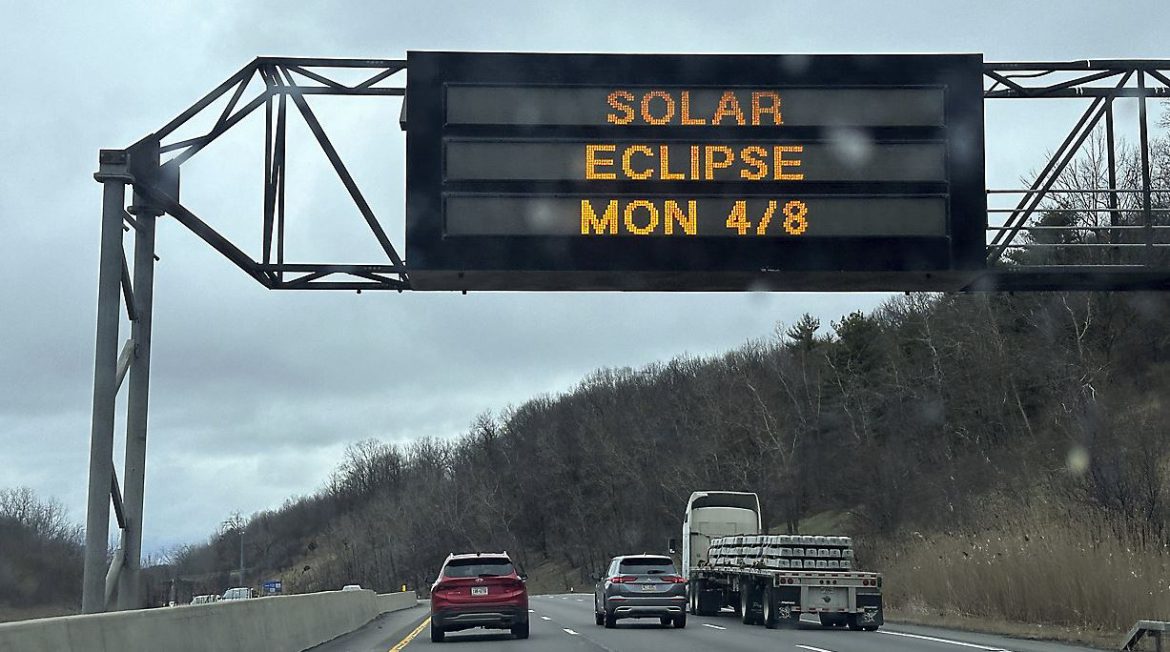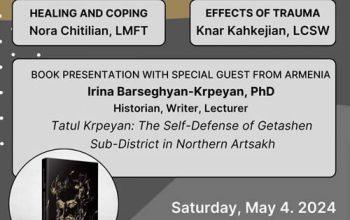LOS ANGELES — A spectacular astronomical phenomenon, a total solar eclipse, is set to cast its shadow along a 115-mile-wide path across North America on Monday. However, the Southland region, including Los Angeles, will witness only a partial eclipse.
During a total eclipse, the moon completely obscures the sun’s light for several minutes, an event that will first touch down along Mexico’s Pacific coast, traverse through Texas, and pass through 14 other U.S. states before exiting over Canada. Meanwhile, in regions outside this path, including Los Angeles, a partial eclipse will be observable.
Lasting up to 4 minutes and 28 seconds, this celestial spectacle is anticipated to captivate millions of spectators across cities and towns within its trajectory.
While the Griffith Observatory in Los Feliz plans to host a live online broadcast from Belton, Texas, on Monday from 10 a.m. to 1 p.m., the maximum partial eclipse in Los Angeles is expected at 11:12 a.m. During this time, approximately 57% of the sun’s diameter and 49% of its area will be covered by the moon, as reported by observatory officials.
For those seeking to witness this event firsthand, Cal State Long Beach’s Department of Physics and Astronomy will conduct a viewing event starting at 10 a.m. on the campus’ upper quad. Safety measures will be in place, including the provision of eclipse safety glasses and access to solar telescopes.
Authorities from the Griffith Observatory emphasize the importance of proper eye protection when observing the eclipse. They recommend purchasing eclipse glasses or Solarama devices from the Observatory’s Stellar Emporium bookstore for safe viewing from home.
In light of safety concerns, the Los Angeles County Department of Public Health urges residents to take necessary precautions while viewing the eclipse. Director Barbara Ferrer emphasized the potential for serious eye damage from direct sun exposure during an eclipse. The department released guidelines, including:
- Avoid looking directly at the sun.
- Refrain from using sunglasses, binoculars, or telescopes.
- Always supervise children using solar viewers.
- Utilize a pinhole viewer for indirect viewing of the eclipse.
- Wear certified eclipse glasses or solar viewers with proper solar filters in good condition.
Select Los Angeles public libraries offer free eclipse glasses, and several libraries will host solar eclipse events. A list of participating libraries can be found at lapl.org/steam/events.
The next partial eclipse visible in the Los Angeles area will occur on Jan. 14, 2029, while the next total eclipse visible in the U.S. won’t take place until 2045.
Source: Los Feliz News




